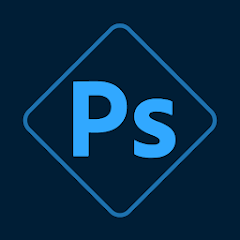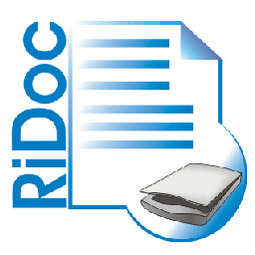The entire digital design workflow changes with the usage of suitable software applications. Graphic design professionals along with beginners who need creative software should consider Adobe Illustrator as one among the most advanced tools available. The vector-based editor in Illustrator assists professionals in their creation of logos illustrations typography and detailed artwork.
Illustrator continues to remain the most desirable vector-based design program for worldwide designers because of its rich feature set and built-in integration with other Adobe applications. We will explore the crucial characteristics and advantages and learn about methods to use Illustrator for improving creative work in this article.
What is Adobe Illustrator?
The software application known as Adobe Illustrator enables users to create vector graphics through its professional edition which Adobe Inc. maintains development. Illustrator provides users with quality retention while allowing them to create designs at any scale which makes it suitable for logos as well as branding materials and detailed illustrations.
Key Features of Adobe Illustrator:
Vector Graphics – Create sharp and scalable designs without pixelation.
The Pen Tool stands as the best instrument for precise path editing and drawing purposes.
Artboards – Work on multiple designs in a single document.
Adobe XD provides two options for text enhancement under Typography & Text Effects which enables users to apply stylish text in addition to font customization.
The Shape Builder Tool enables efficient combination and subtraction of shapes for creating elaborate designs.
Image Tracing – Convert raster images into vector graphics.
Seamless Adobe Integration – Works perfectly with Photoshop, InDesign, and After Effects.
Cloud Syncing allows users to save documents in Adobe Creative Cloud and access them from any location.
Why Use Adobe Illustrator?
1. Create Scalable Designs
The vector graphics system inside Illustrator differs from raster files in programs like Photoshop because they produce designs which stay crisp even at any scale size. The scalability of designs stands essential for all types of logos as well as icons and printed images.
2. Professional-Grade Tools
Illustrator delivers its users highly sophisticated tools which enable absolute control of shapes and colors and text representation. The tool gives you tools which deliver high-quality results across all formats including print production and web platforms.
3. Customizable Workspaces
With Illustrator users can modify the program interface to suit their needs by creating specific work areas that match how they operate. The application enables users to set specific projects layouts as presets which leads to more efficient workflows.
4. Integration with Adobe Creative Cloud
Users can connect Illustrator to Adobe Photoshop InDesign and After Effects because this integration provides hassle-free file transfers and image editing and animations creation capabilities.
5. Extensive Plugin Support
The software enables integration with different plugins for enhancing its capabilities by adding functionality through mockup generators and 3D creation tools and special brush effects.
How to Use Adobe Illustrator
1. Download and Install
Upon visiting the official website of Adobe Illustrator you should obtain the current version of the software.
Open the software installation and create the program interface.
2. Create a New Document
Activate Illustrator from your computer and find the File tab and select the New option.
Select one of the available presets according to your design requirements such as creating print materials or web or mobile designs.
Users must set their document artboard dimension alongside choosing RGB mode for digital work and CMYK mode for print outputs.
3. Learn the Basics
Select the Selection Tool which resides under the keyboard shortcut (V) to adjust object positions.
Users can generate personalized shapes by using the Pen Tool controlled through the key P.
Operators can easily merge shapes by using the Shape Builder Tool which they access through Shift + M.
Apply colors and gradients by accessing the Swatches Panel.
4. Work with Layers
The Layers Panel serves as an organization tool which helps designers keep different parts of their designs separate.
You need to rename and group the layers in your project to establish proper organization.
Lock your layers so changes do not occur by accident.
5. Export Your Design
Users can find the export option under the File menu which provides options for PNG, SVG, PDF and EPS file formats.
Users can modify display settings for creating web-based or print materials.
Common Issues and How to Fix Them
1. “Illustrator is Running Slow”
Close unnecessary background applications.
The RAM allocation for Illustrator should be increased through its settings.
The use of basic brush strokes together with reduced preview quality will improve performance.
2. “Fonts Are Not Displaying Correctly”
Verify that all selected fonts have proper installation.
Go to Restart Illustrator and verify that Type > Find Font appears in your interface.
3. “Exported File Looks Blurry”
During file export select resolution High (300 DPI).
The export of projects should use PDF or SVG formats when dealing with vector-based files.
Conclusion
The creative software Adobe Illustrator stands essential for all artistic professionals or design professionals or artists. Illustrator contains every feature that graphic designers need to implement their concept visualizations through high-end illustrations and logos and posters and web-based designs.
The vector art software of choice for developing design expertise and producing irresistible artwork is Adobe Illustrator.






Leave a Reply